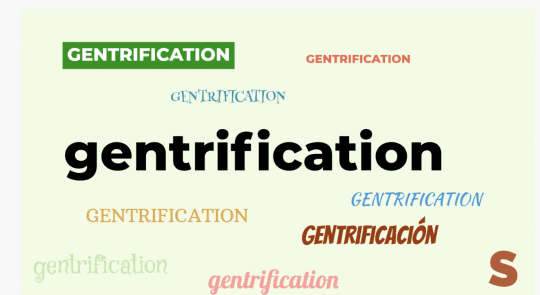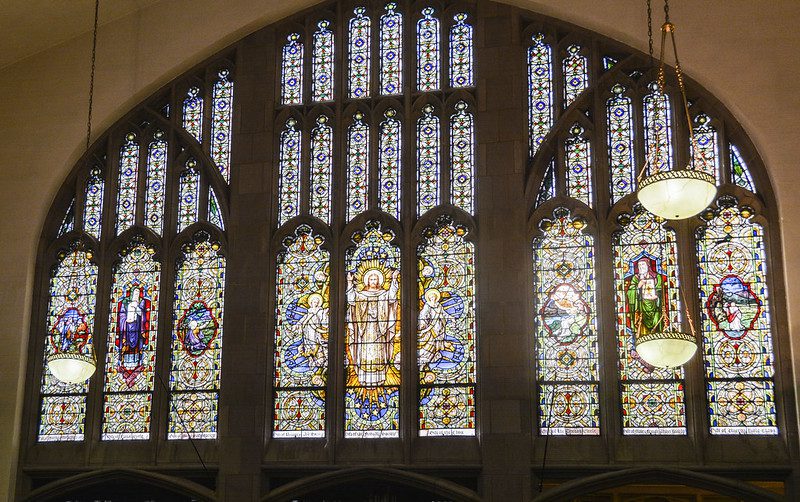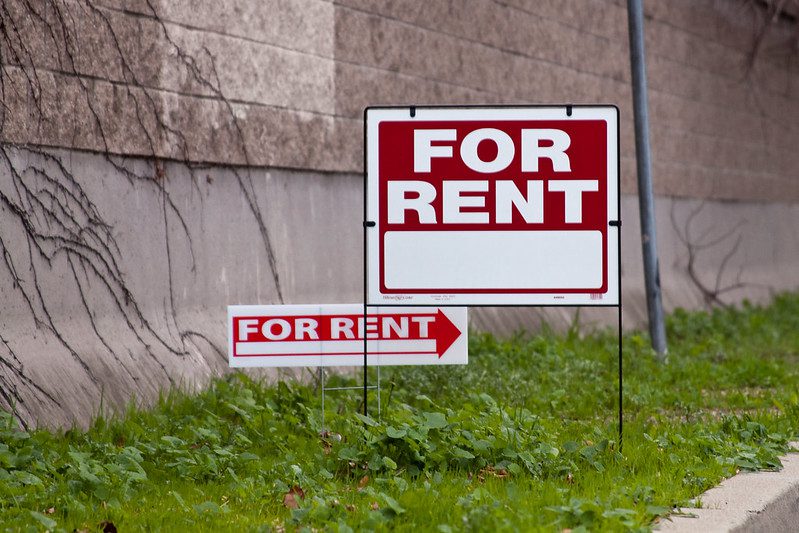The term “gentrification” was coined in the 1960s by Ruth Glass, a German-British sociologist. She used it to describe the phenomenon of middle-class people buying up homes in working-class neighborhoods of London, resulting in the displacement of the original households and “a change in the social character” of the neighborhood.
Since then, the word has become a widespread and highly debated term. The things the word often describes feel important to community development organizations and tenant organizers who are trying to deal with loss of affordability and displacement in areas that were once disinvested from. Others have become frustrated with the narrative that gentrification is happening everywhere and is the only cause of housing affordability problems—after all, most of the country is not gentrifying.
“Equitable development” has emerged as a phrase to describe alternative approaches to development and neighborhood investment that account for the needs of all places and prioritize the stability of whole communities.
Researchers have defined “gentrification” in multiple ways in order to try to measure it, raising a host of judgment calls that can lead to large differences in conclusions. What characteristics define a place that could be considered subject to—but not yet experiencing—gentrification? And then what kinds and degree of change constitute gentrification? Do existing residents need to be forced out by rising housing prices to count, and do they benefit or struggle if they stay? Is racial change a part of it?
People often mean things that are broader than researchers do when they use the word “gentrification.” As described in the video above, we’ve found that there are (at least) four broad kinds of things that people mean when they say they are concerned about “gentrification”:
- Housing costs rise rapidly in a particular place that was once not wealthy, such that longtime residents must leave because they can no longer afford the rising rents and property taxes.
- Housing costs rise rapidly in a particular place such that even if direct displacement isn’t widespread, the incomes of those moving in are higher than the incomes of those moving out, changing the neighborhood over time.
- A place that was largely a community of color—particularly an area to which people of color were once restricted—experiences an influx of more affluent and often, though not always, more white residents. This can cause “cultural displacement”—the loss of culturally relevant or welcoming institutions and retail—and “political displacement”— changing power dynamics (e.g., an increase in 911 calls for trivial matters, a change in voting blocs, and whiter leadership in groups like PTAs).
- A place that has experienced disinvestment receives investment that is more aimed at attracting and serving new, more affluent people than at serving existing residents, who feel like the new development is neither for nor about them.
Often these things overlap in time and space, but they do not always. Some of them are less common than widely assumed, others more, and yet others might not be captured in standard measurements. In fact, many people have suggested that we stop using the term “gentrification” because it is both loaded and imprecise.
At Shelterforce we understand that all of these definitions are real problems in differing contexts that we need to talk about, but also that it’s hard to come to solutions when we’re not precise about which meaning is being applied. Therefore going forward (we’re not changing past coverage), we’ll be trying to push ourselves and our writers to be more specific about what we mean whenever we reach for the word.
However gentrification may be described, the dynamics of rapid neighborhood change, displacement, and the negative effects of a housing system focused on profit are very real. Here are some solutions and strategies:
- “It’s Not Either/Or: Neighborhood Improvement Can Prevent Gentrification”
- “The Gentrification Vaccine”
- “Getting Ahead of Gentrification in the South Side of Columbus”
- “7 Policies That Could Prevent Gentrification”
- “Beyond Gentrification”—a four-step approach to slowing gentrification
- “Fighting Gentrification Through Collective Bargaining”
- “Community Ownership Takes Center Stage”—a Shelterforce Under the Lens series.
- “Keeping Gentrification From Following Green Space”
- “Arts for Community Control: Planning an Arts and Innovation District Without Displacement”
If you want to delve more into the questions around research and definitions, here are a few places to start:
- “Gentrification: Is Pop Culture Getting It Right?“
- “Gentrification Is More Widespread Than We Think”
- “‘Gentrification’ Is Not the Real Problem” and a response piece “The Gentrification Reality: A Response”
- “Behind the Scenes of NCRC’s Gentrification Report”—a national analysis gives mixed results
- “Gentrification and Resistance in New York City”—a study of where people are moving gets beyond some of the research focused on changes within neighborhoods.
For the latest on gentrification trends and solutions—as well as other affordable housing and community development news—sign up for free to receive Shelterforce Weekly.






Gentrification is code for a community’s inability to participate & shape the manner THEIR community is undergoing economic, social, & cultural change. These are market forces public officials heavily subsidize in the name of “economic development”, which incorrectly means business development. Ironically, “economic development” is a public term, not a private one.
Thus, what is the proper role of public officials using public dollars implementing a pubic concept to subsidize the commercial real estate industry rather than leveraging those public dollars to produce impacts & outcomes taxpayer-resident want to see? This is a question never posed, much less addressed.
Fernando’s definition would apply as well to the displacement of the indigenous peoples of the Americas after Columbus. What is happening in old urban centers now is perhaps a ‘kinder, gentler’ version if only because the urban but not quite urbane indigenous have not resorted to forceful resistance and are currently relying on treaties of sorts with the elected and unelected ‘public officials’. Meanwhile those same officials implement policies and programs which accelerate the the process of gentrification. Lacking the means to stay in the city centers, the urban indigenous are forced out into decaying suburbs on the fringe of the metroplex, where the access to traditional urban amenities is limited and constrained by geography and economies of scale. The effect of taxation on the cost of living follows the diaspora since the US has increasingly relied on more and more regressive taxation strategies at federal, state, and municipal levels.
A declining jurisdiction considers ANY proposal for development of any sort as a compliment to be saluted, welcomed and subsidized. With no guiding philosophy other than increasing economic activity or raising population, that jurisdiction takes any proposal as an improvement. The result almost always makes any proposal a “winner”. Few of these proposals are sophisticated enough to predict the chance of any kind of long-term success. What starts as a “mixed income asset to the community” as ground is broken (with or without community consultation) most often deteriorates as the developer seeks to renew leases at bargain “grand opening” rates. Retail tenants either negotiate rates down or leave. Grocery stores are vacated then become Dollar stores. Newly-built homes fail to sell for the original buyers’ purchase price when other promised revitalization doesn’t happen or parents have children and find nearby public schools are substandard. New developers and buyers are typically strangers to the area and discover the negatives only after transactions are done.